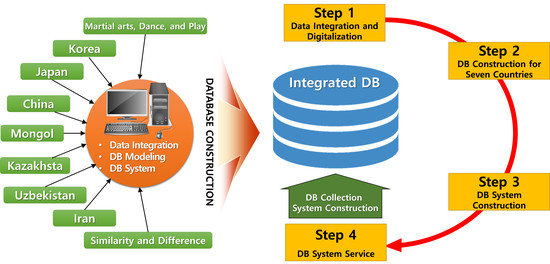Scientific Information System for Silk Road Education Study
Abstract
1. Introduction
- We establish a firm foothold on martial arts, dance, and play of the Silk Road for culture and arts education, which can act as a stepping stone into the world of integration;
- The information system can help university students to understand ICT skills and to develop their own applications by collaborating with each other as a team;
- The developed information system will be used for elementary/middle/high school students or kindergarten kids in physical education to maintain and improve their physical conditions and movement, at the same time offering pleasure to the participants.
2. Materials and Methods
2.1. Education Discipline
2.2. Database Organization and Design
2.3. Milestones and Curriculum
3. Results
4. Discussion
5. Conclusions
Author Contributions
Funding
Acknowledgments
Conflicts of Interest
References
- Gan, F. Ancient Glass Research along the Silk Road; World Scientific: Singapore, 2009. [Google Scholar]
- Elisseeff, V. The Silk Roads: Highways of Culture and Commerce; Berghahn Books: New York, NY, USA, 1998. [Google Scholar]
- Khyade, V.B. Silk Route: The UNESCO World Heritage. Int. Acad. J. Sci. Eng. 2016, 3, 20–27. [Google Scholar]
- Bentley, J.H. Old World Encounters: Cross-Cultural Contacts and Exchanges in Pre-Modern Times; Oxford University Press: Cary, NC, USA, 1993. [Google Scholar]
- Chen, A. Silk Road Influences on the Art of Seals: A Study of the Song Yuan Huaya. Humanities 2018, 7, 83. [Google Scholar] [CrossRef]
- Gabriel, R.; Moreira, H.; Alencoão, A.; Faria, A.; Silva, E.; Sá, A. An Emerging Paradigm for the UNESCO Global Geoparks: The Ecosystem’s Health Provision. Geosciences 2018, 8, 100. [Google Scholar] [CrossRef]
- Justice, S. UNESCO Global Geoparks, Geotourism and Communication of the Earth Sciences: A Case Study in the Chablais UNESCO Global Geopark, France. Geosciences 2018, 8, 149. [Google Scholar] [CrossRef]
- Day, J.M. Religion and human development in adulthood: Well-being, prosocial behavior, and religious and spiritual development. Behav. Dev. Bull. 2017, 22, 298–313. [Google Scholar] [CrossRef]
- Iwasaki, Y. Leisure and quality of life in an international and multicultural context: What are major pathways linking leisure to quality of life? Soc. Indic. Res. 2007, 82, 233–264. [Google Scholar] [CrossRef]
- Pfister, G. Cultural confrontations: German Turnen, swedish gymnastics and english sport—European diversity in physical activities from a historical perspective. Cult. Sport Soc. 2003, 6, 61–91. [Google Scholar] [CrossRef]
- Gottardi, G. Why do Ict technologies and the Internet find it hard to spread into industrial districts and favour knowledge exchange? In The Technological Evolution of Industrial Districts; Belussi, F., Gottardi, G., Rullani, E., Eds.; Springer: Boston, MA, USA, 2003; pp. 89–108. [Google Scholar]
- Tondeur, J.; Sinnaeve, I.; van Houtte, M.; van Braak, J. ICT as cultural capital: The relationship between socioeconomic status and the computer-use profile of young people. New Media Soc. 2010, 13, 151–168. [Google Scholar] [CrossRef]
- Leung, K.; Koch, P.T.; Lu, L. A Dualistic Model of Harmony and its Implications for Conflict Management in Asia. Asia Pac. J. Manag. 2002, 19, 201–220. [Google Scholar] [CrossRef]
- Caputo, F.; Evangelista, F.; Perko, I.; Russo, G. The role of big data in value co-creation for the knowledge economy. In Global and National Business Theories and Practice: Bridging the Past with the Future; Vrontis, S., Weber, T., Tsoukatos, E., Eds.; EuroMed Press: Cyprus, Greece, 2017; pp. 269–280. [Google Scholar]
- Di Nauta, P.; Merola, B.; Caputo, F.; Evangelista, F. Reflections on the Role of University to Face the Challenges of Knowledge Society for the Local Economic Development. J. Knowl. Econ. 2018, 9, 180–198. [Google Scholar] [CrossRef]
- Saviano, M.; Nenci, L.; Caputo, F. The financial gap for women in the MENA region: A systemic perspective. Gend. Manag. Int. J. 2017, 32, 203–217. [Google Scholar] [CrossRef]
- Salam, S.; Zeng, J.; Pathan, Z.H.; Latif, Z.; Shaheen, A. Impediments to the Integration of ICT in Public Schools of Contemporary Societies: A Review of Literature. J. Inf. Process. Syst. 2018, 14, 252–269. [Google Scholar] [CrossRef]
- Hua, J.; Latif, Z.; Tiyan, S.; Pathan, Z.H.; Tunio, M.Z.; Salam, S.; Ximei, L. Shift in the Regional Balance of Power from Europe to Asia: A Case Study of ICT Industry. J. Inf. Process. Syst. 2018, 14. [Google Scholar] [CrossRef]
- Brinson, P. Dance as Education: Towards a National Dance Culture; Routledge: Abingdon, UK, 2004. [Google Scholar]
- Kalliala, M. Play Culture in a Changing World; McGraw-Hill Education: London, UK, 2005. [Google Scholar]
- McRobbie, A. Postmodernism and Popular Culture; Psychology Press: Hove, UK, 1994. [Google Scholar]
- David, W.; Fahey, L. Diagnosing cultural barriers to knowledge management. Acad. Manag. Exec. 2000, 14, 113–127. [Google Scholar]
- Selwyn, N. The use of computer technology in university teaching and learning: A critical perspective. J. Comput. Assist. Learn. 2007, 23, 83–94. [Google Scholar] [CrossRef]
- Im, S.; Yoon, H.-G.; Cha, J. Pre-service Science Teacher Education System in South Korea: Prospects and Challenges. Eurasia J. Math. Sci. Technol. Educ. 2016, 12. [Google Scholar] [CrossRef]
- Kim, H.; Choi, H.; Han, J.; So, H.-J. Enhancing teachers’ ICT capacity for the 21st century learning environment: Three cases of teacher education in Korea. Australas. J. Educ. Technol. 2012, 28. [Google Scholar] [CrossRef]
- Carmen Petrick, S.; Barbara, K.; Diana, G. The STEAM behind the Scenes. Teach. Child. Math. 2015, 22, 46–49. [Google Scholar] [CrossRef]
- Bu, B.; Haijun, H.; Yong, L.; Chaohui, Z.; Xiaoyuan, Y.; Singh, M.F. Effects of martial arts on health status: A systematic review. J. Evid.-Based Med. 2010, 3, 205–219. [Google Scholar] [CrossRef] [PubMed]
- Clements, J. A Short Introduction to Historical European Martial Arts. Meibukan Magazine, 24 July 2011; 2–4. [Google Scholar]
- Kringelbach, H.N.; Skinner, J. Dancing Cultures: Globalization, Tourism and Identity in the Anthropology of Dance; Berghahn Books: New York, NY, USA, 2012; Volume 4. [Google Scholar]
- Fraleigh, S.H. Dance and the Lived Body: A Descriptive Aesthetics; University of Pittsburgh Press: London, UK, 1996. [Google Scholar]
- Dewald, J. Europe 1450 to 1789: Encyclopedia of the Early Modern World; Charles Scribner’s Sons: New York, NY, USA, 2004. [Google Scholar]
- Garvey, C. Play; Harvard University Press: Cambridge, MA, USA, 1990; Volume 27. [Google Scholar]
- Ludens, H. A Study of the Play Element in Culture; Hull, R.F.C., Ed.; Angelico Press: London, UK, 1955; Volume 168. [Google Scholar]
- Kim, H. The Effect of a Climate Change Monitoring Program on Students’ Knowledge and Perceptions of STEAM Education in Korea. Eurasia J. Math. Sci. Technol. Educ. 2015, 11, 1321–1338. [Google Scholar]
- Hollis, J.L.; Williams, A.J.; Sutherland, R.; Campbell, E.; Nathan, N.; Wolfenden, L.; Morgan, P.J.; Lubans, D.R.; Wiggers, J. A systematic review and meta-analysis of moderate-to-vigorous physical activity levels in elementary school physical education lessons. Prev. Med. 2016, 86, 34–54. [Google Scholar] [CrossRef] [PubMed]
- Yiming, H.; Nanda, A.; Qing, Y. Measurement, analysis and performance improvement of the Apache Web server. In Proceedings of the 1999 IEEE International Performance, Computing and Communications Conference (Cat. No. 99CH36305), Scottsdale, AZ, USA, 10–12 February 1999; pp. 261–267. [Google Scholar]
- Dubois, P. MySQL: The Definitive Guide to Using, Programming, and Administering MySQL 4, 2nd ed.; Sams: Bentonville, AR, USA, 2003; p. 1219. [Google Scholar]
- Royappa, A.V. The PHP web application server. J. Comput. Sci. Coll. 2000, 15, 201–211. [Google Scholar]
- Halfond, W.G.J.; Orso, A. AMNESIA: Analysis and monitoring for NEutralizing SQL-injection attacks. In Proceedings of the 20th IEEE/ACM International Conference on Automated Software Engineering, Long Beach, CA, USA, 7–11 November 2005; pp. 174–183. [Google Scholar]
- Boyd, S.W.; Keromytis, A.D. SQLrand: Preventing SQL Injection Attacks. In Proceedings of the Applied Cryptography and Network Security, Berlin/Heidelberg, Germany, 6–9 June 2004; pp. 292–302. [Google Scholar]
- Jackson, W. An Introduction to the Android Studio Integrated Development Environment. In Android Apps for Absolute Beginners: Covering Android 7; Apress: Berkeley, CA, USA, 2017; pp. 33–57. [Google Scholar]
- Owens, M. Embedding an SQL database with SQLite. Linux J. 2003, 2003, 2. [Google Scholar]
- Newman, C. SQLite (Developer’s Library); Sams: Bentonville, AR, USA, 2004. [Google Scholar]
- Armbrust, M.; Fox, A.; Griffith, R.; Joseph, A.D.; Katz, R.; Konwinski, A.; Lee, G.; Patterson, D.; Rabkin, A.; Stoica, I.; et al. A view of cloud computing. Commun. ACM 2010, 53, 50–58. [Google Scholar] [CrossRef]
- Buyya, R.; Yeo, C.S.; Venugopal, S.; Broberg, J.; Brandic, I. Cloud computing and emerging IT platforms: Vision, hype, and reality for delivering computing as the 5th utility. Future Gener. Comput. Syst. 2009, 25, 599–616. [Google Scholar] [CrossRef]
- Dabbish, L.; Stuart, C.; Tsay, J.; Herbsleb, J. Social coding in GitHub: Transparency and collaboration in an open software repository. In Proceedings of the ACM 2012 Conference on Computer Supported Cooperative Work, Seattle, WA, USA, 11–15 February 2012; pp. 1277–1286. [Google Scholar]
- Blumenfeld, P.C.; Soloway, E.; Marx, R.W.; Krajcik, J.S.; Guzdial, M.; Palincsar, A. Motivating Project-Based Learning: Sustaining the Doing, Supporting the Learning. Educ. Psychol. 1991, 26, 369–398. [Google Scholar] [CrossRef]
- Straub, J.; Whalen, D. An Assessment of Educational Benefits from the OpenOrbiter Space Program. Educ. Sci. 2013, 3, 259. [Google Scholar] [CrossRef]
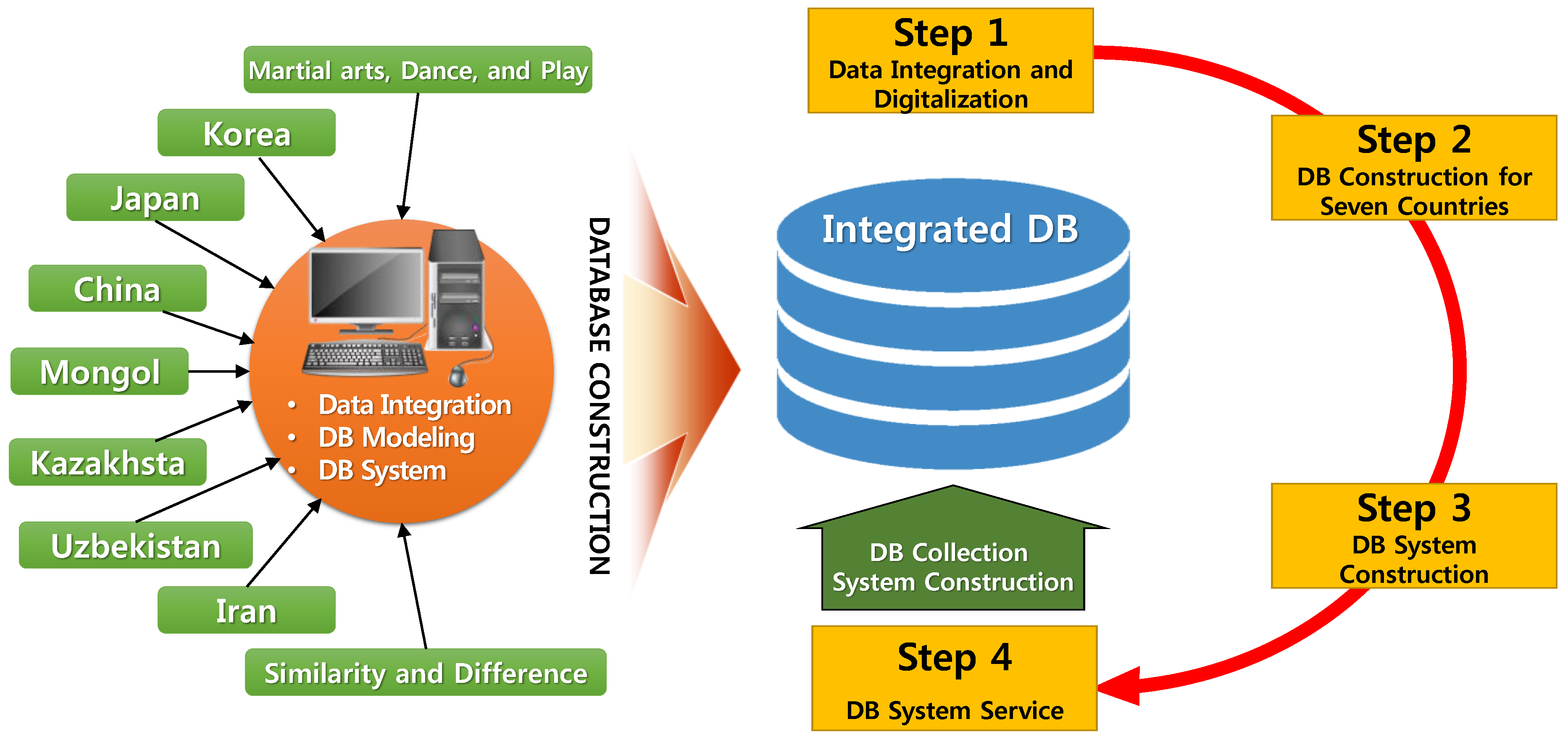
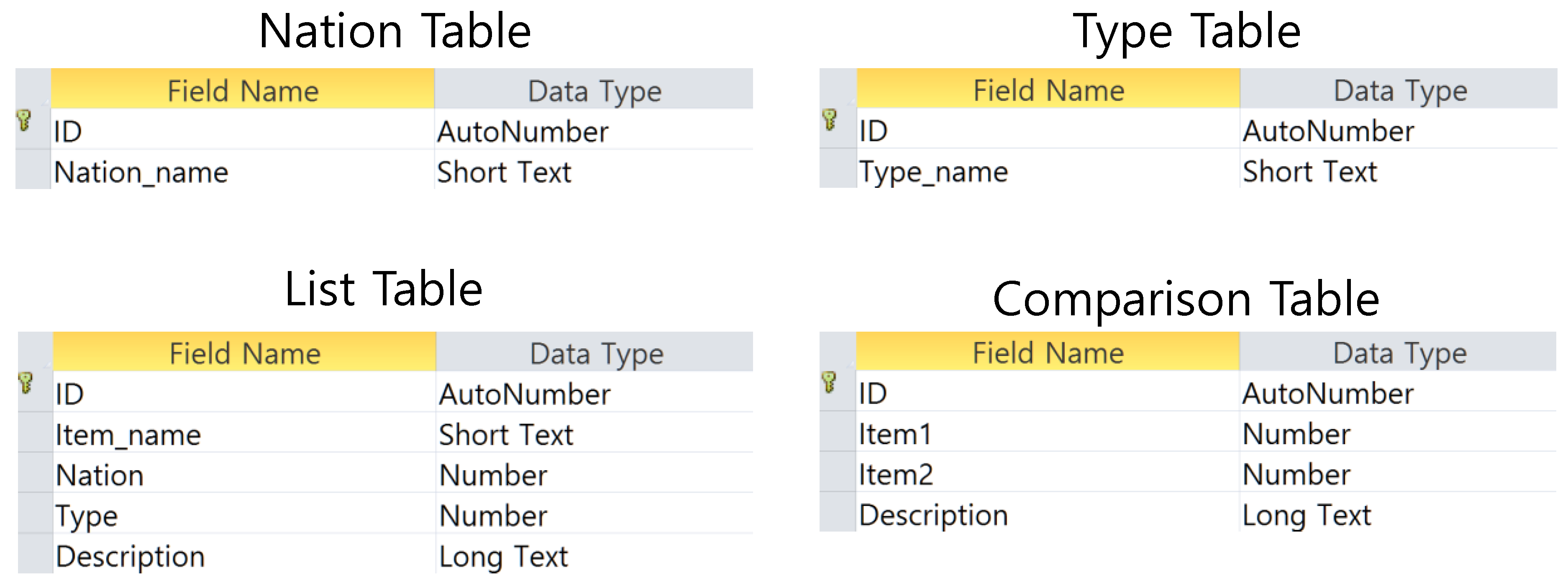
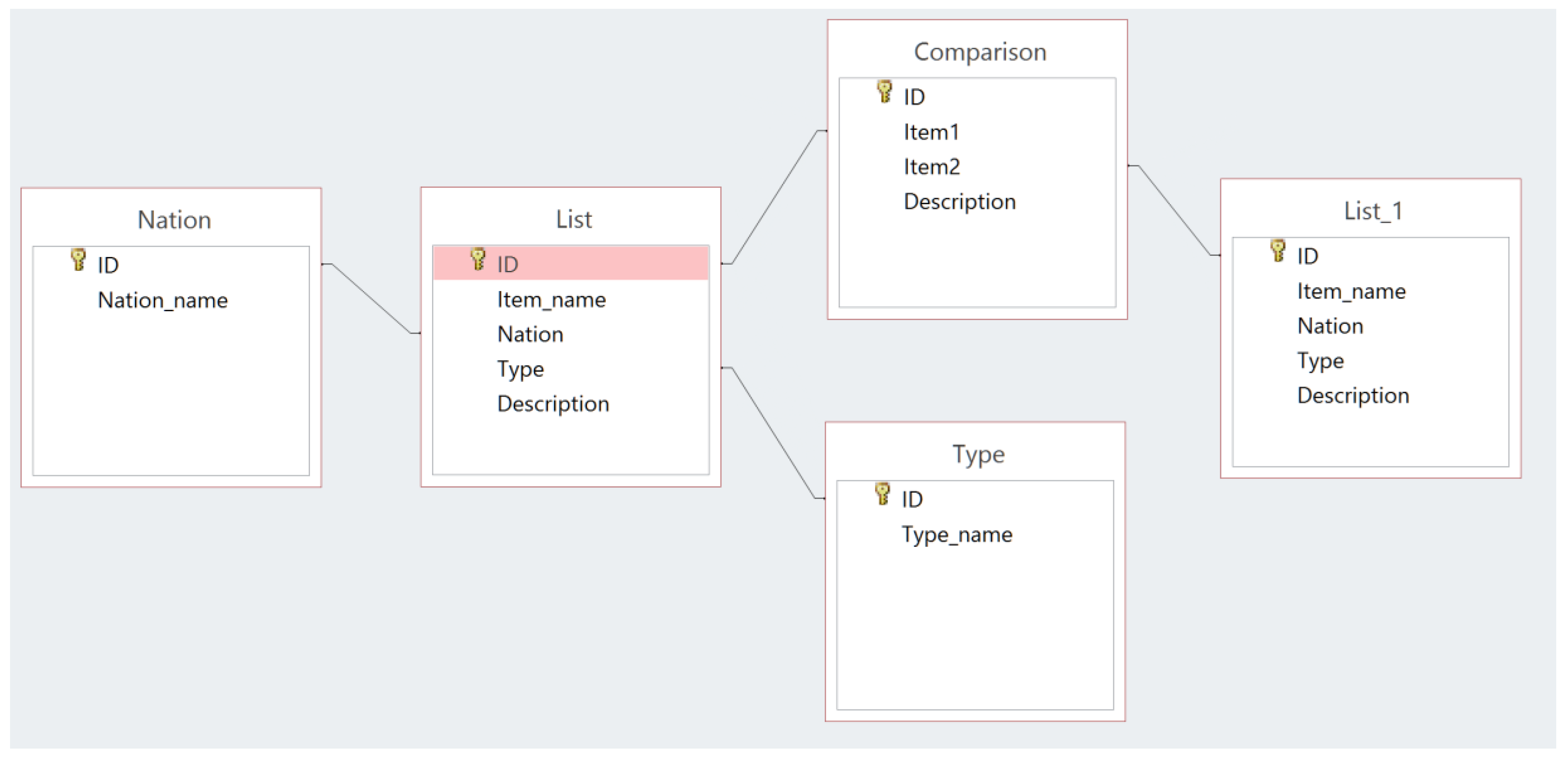

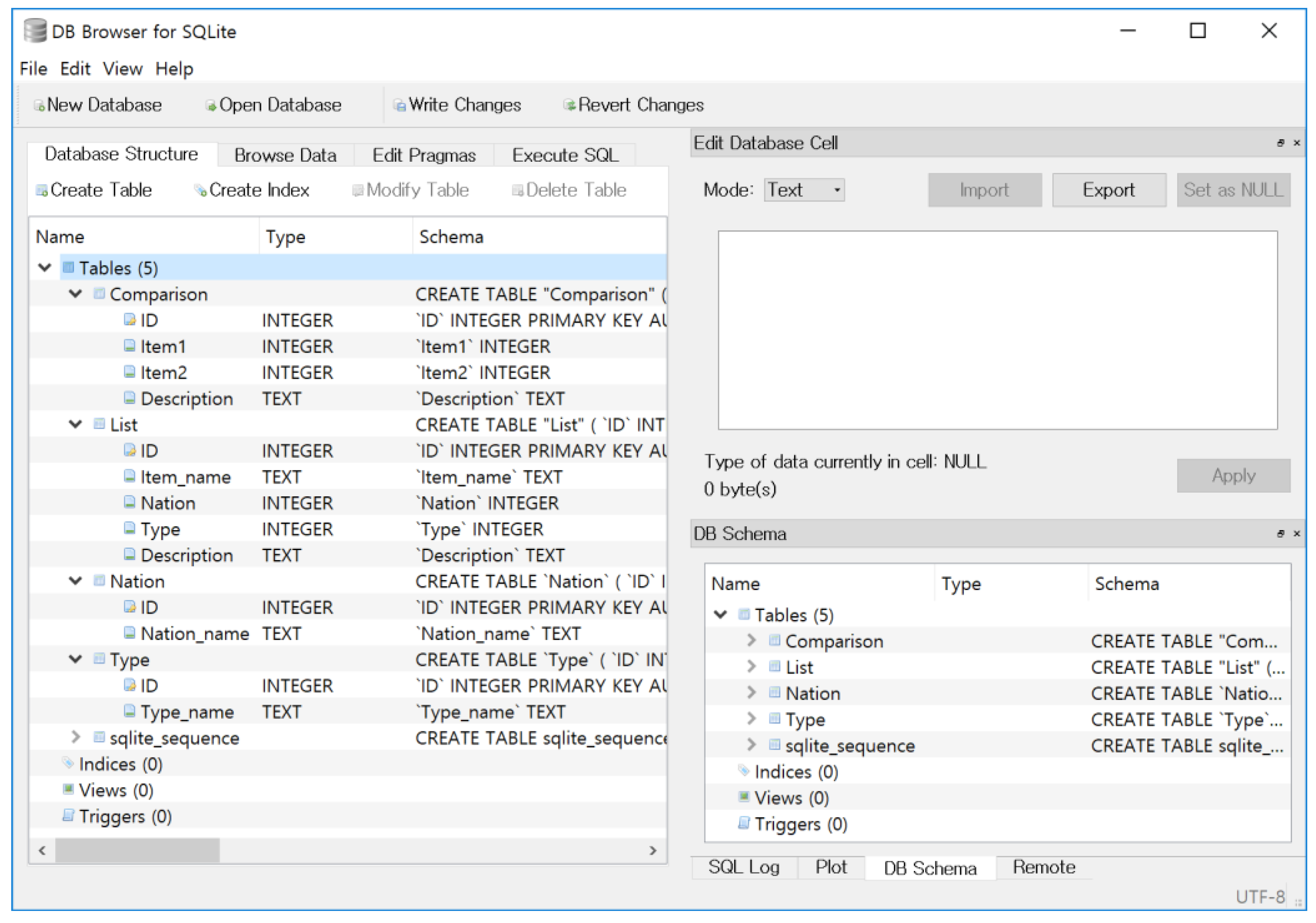
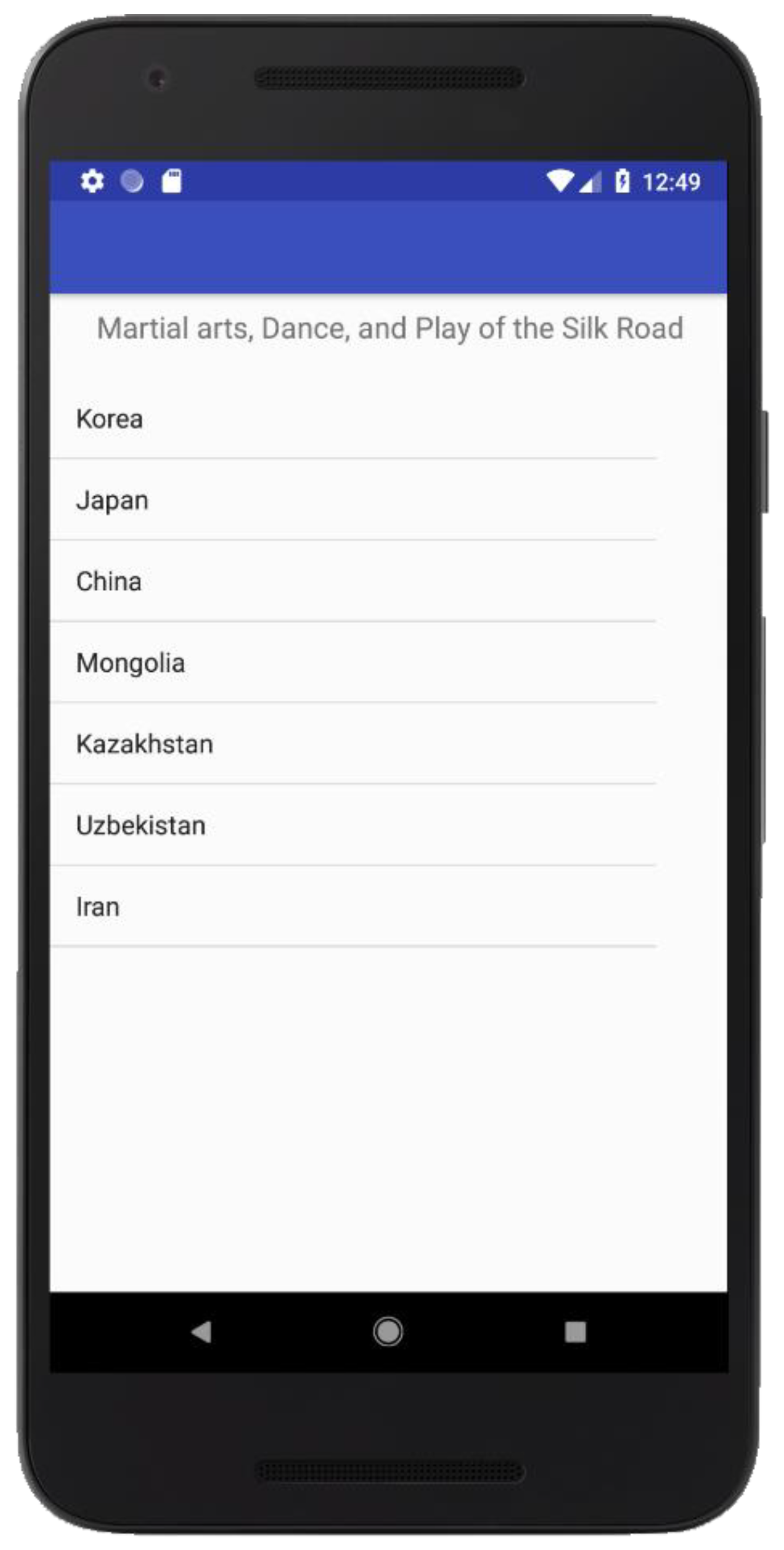
| Korea | Japan | China | Mongolia | Kazakhstan | Uzbekistan | Iran |
|---|---|---|---|---|---|---|
| Taekwondo | 柔道 | 長兵器武藝 | МОРИНЫ УРАЛДААН | Kokpar Tartu | Kupkari | Zurkhanei |
| Taekkyon | 剣道 | 長兵器武藝:棍棒類 | БӨХ | Audaryspak | Tyiyn Engmey | Koshti Pahlavani |
| Ssireum | 弓道 | 短兵器武藝:刀, 劍 | СУР ХАРВАА | Bayga | Jang Sanati | Kung Fu To’a |
| Martial Arts on Horseback | 空手道 | 徒手武藝:內家拳, 外家拳 | БИЕЛГЭЭ | Kazakh Kures | Kurash | Iranian court dance |
| Korean Polo | 合気道 | 徒手武藝:摔角類 | ЦАМ | Kures | Bukhara | Dances of Khorasan |
| Korean spearmanship | 日本少林寺拳法 | 弓術 | ҮДГАН БҮЖИГ | Kara-Zhorga | Khorezm | Persian dance |
| Korean swordmanship | 薙刀 | 馬上武藝 | БӨМБӨРТЭЙ БҮЖИГ | Angshluk | Fergana | Chahar Shanbeh suri |
| Korean Archery | 銃剣道 | 中國式 wrestling | НҮҮДЭЛЧИН БҮЖИГ | Kyz Kuu | Surkhan | Kolah barak |
| Chukkuk | 相撲 | 練功十八法 | ээж мод | Aigolek | Ram fighting | Tanab keshi |
| Cheongdo Bull Fight | 古武道 | 氣功 | Boriyad | Ak suyek | Cock fighting | Haft Sang |
| Pyun-ssam | 三味線 | 萨吾尔登 | БҮЛЭГ БҮЖИГ | Assyks | Narde | Beshin Pasho |
| Mask dance | 阿波踊り | 顶碗舞 | 高壘 | Altybakan | Besh tosh | Vasati |
| Sword dance | 歌舞伎 かぶき | 盅子舞 | ШАГАЙ ХАРВАХ | Altyn kabak | Chillak | Sham Gol Parvaneh |
| Cheoyoung dance | 琉球舞踊 | 孔雀舞 | Монгол Шагайн Харваа | Togyz kumalak | Lanka | Khoros Jangi |
| Dodanggut | 神樂 | 蠟條舞 | Polo | |||
| Jinogigut | ブランコ | 蹴鞠 | ||||
| Playing on the swing | 石合戰 | 擊毬 | ||||
| Korean Seesaw | 綱引 | 投壺 | ||||
| Jegichagi | 蹴鞠 | 秋千 | ||||
| Ganggangsullae | 羽根突 | 氷嬉 |
| Milestone | Description | Programming Language | Duration |
|---|---|---|---|
| #1 | Installing web server and DBMS | N/A | 1 week |
| #2 | Connecting Database with PHP | HTML5, PHP | 2 weeks |
| #3 | Installing Android Studio | N/A | 1 week |
| #4 | Interacting with SQLite | Java, SQL | 2 weeks |
| Week | 1 | 2 | 3 | 4 | 5 | 6 | 7 | 8 | 9 | 10 | 11 | 12 | 13 | 14 | 15 | 16 |
|---|---|---|---|---|---|---|---|---|---|---|---|---|---|---|---|---|
| Lectures | Course Intro | Introducing martial arts, dance, and play of the Silk Road | HTML5, CSS3, Javascript Basics | Developing Web Application | Mid-term Exam | Java Basics | Android Studio Basics | Developing Application with SQLite | Final Exam | |||||||
| Milestone | #1 | #2 | #3 | #4 | ||||||||||||
© 2018 by the authors. Licensee MDPI, Basel, Switzerland. This article is an open access article distributed under the terms and conditions of the Creative Commons Attribution (CC BY) license (http://creativecommons.org/licenses/by/4.0/).
Share and Cite
Kim, T.; An, N.; Lim, J. Scientific Information System for Silk Road Education Study. Sustainability 2018, 10, 3244. https://doi.org/10.3390/su10093244
Kim T, An N, Lim J. Scientific Information System for Silk Road Education Study. Sustainability. 2018; 10(9):3244. https://doi.org/10.3390/su10093244
Chicago/Turabian StyleKim, TaeYoung, NamIl An, and JongBeom Lim. 2018. "Scientific Information System for Silk Road Education Study" Sustainability 10, no. 9: 3244. https://doi.org/10.3390/su10093244
APA StyleKim, T., An, N., & Lim, J. (2018). Scientific Information System for Silk Road Education Study. Sustainability, 10(9), 3244. https://doi.org/10.3390/su10093244





